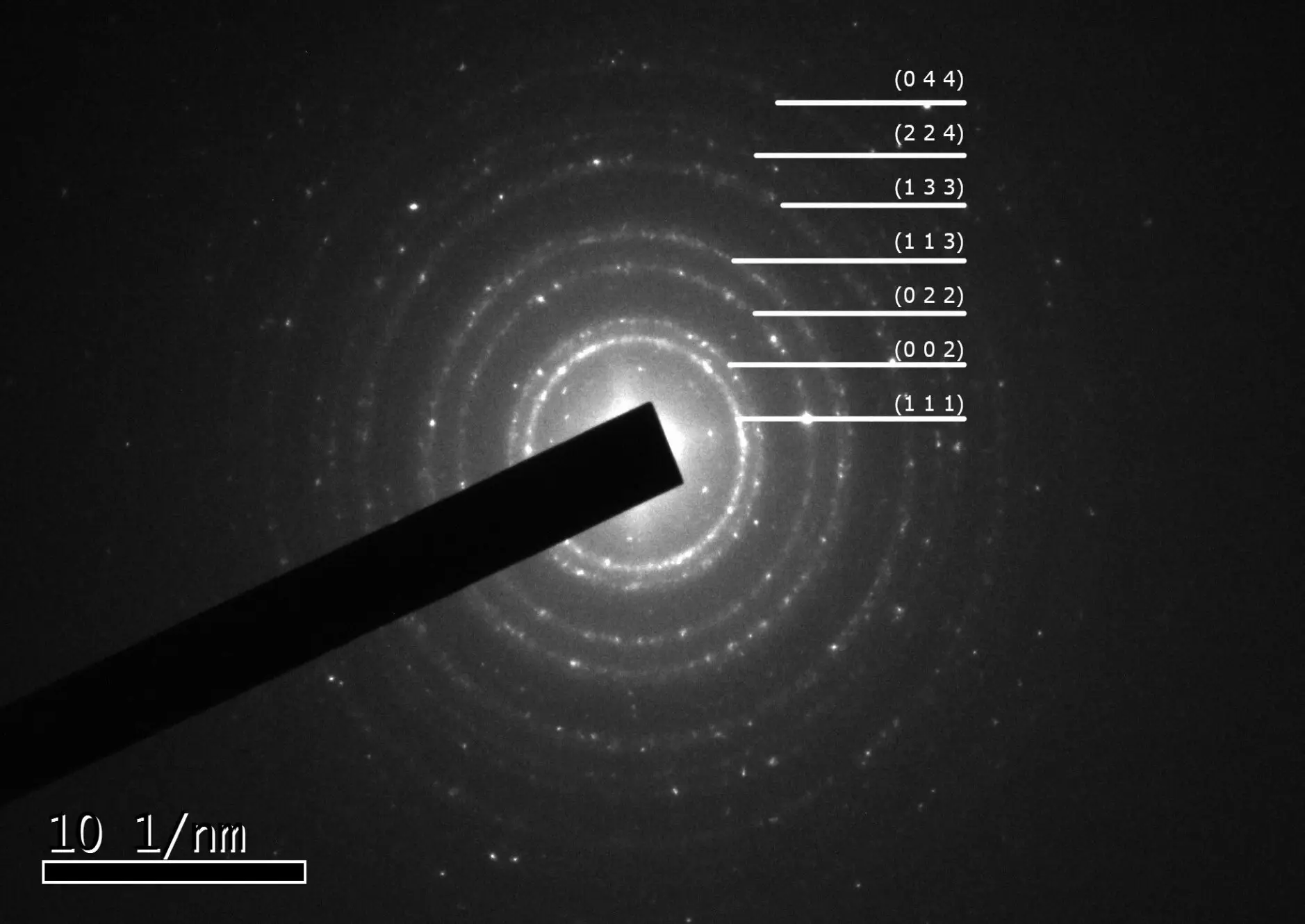For centuries, scientists have been captivated by the enigmatic phenomenon of purple smoke produced by fulminating gold, the world’s first known high explosive. The discovery of fulminating gold by alchemists in the 16th century paved the way for further investigations into its explosive properties. While the recipe for this explosive material has been understood, the source of its purple smoke remained a perplexing question. However, a breakthrough study conducted by scientists at the University of Bristol has finally unravelled this age-old mystery.
Led by Professor Simon Hall, a team of researchers embarked on an experimental journey to shed light on the origin of the purple smoke. The study involved synthesizing fulminating gold and then detonating small samples on aluminum foil. To capture the smoke, copper meshes were used, which were later examined under a transmission electron microscope.
Astonishing Discovery of Gold Nanoparticles
The analysis conducted by Professor Hall and his Ph.D. student, Jan Maurycy Uszko, yielded remarkable results. Contrary to previous speculations, the smoke was found to contain spherical gold nanoparticles. This groundbreaking finding verified the long-held hypothesis that the purple hue of the smoke originated from these nanoparticles.
Unveiling the Clouds of Other Metal Fulminates
Having successfully unraveled the mystery surrounding fulminating gold, Professor Hall and his team are now eager to extend their investigations to other metal fulminates. Platinum, silver, lead, and mercury fulminates remain tantalizing puzzles waiting to be solved.
Advancing Scientific Knowledge
The significance of this study stretches far beyond the realms of alchemy and explosions. It provides a deeper understanding of the behavior and properties of fulminating gold, a compound that has intrigued chemists for centuries. Moreover, by uncovering the role of gold nanoparticles in the creation of purple smoke, this research opens doors to diverse applications in fields such as material science, nanotechnology, and atmospheric chemistry.
Implications for the Future
The newfound knowledge about fulminating gold and the mechanism behind its purple smoke paves the way for further scientific inquiry. This methodology, perfected by Professor Hall and his team, can be applied to study the precise nature of clouds generated by metal fulminates like platinum, silver, lead, and mercury. Exploring these other metal fulminates will unearth a wealth of new insights and potentially contribute to the development of safer and more efficient explosive materials.
The quest to unravel the mysteries of the natural world has been an inherent driving force for scientists throughout history. Professor Hall and the University of Bristol team’s success in uncovering the secret of fulminating gold’s purple smoke is a testament to the determination and passion that fuels scientific exploration. As new questions arise and old puzzles are solved, human curiosity continues to push the boundaries of knowledge, guiding us towards a deeper understanding of the universe we inhabit.


Leave a Reply